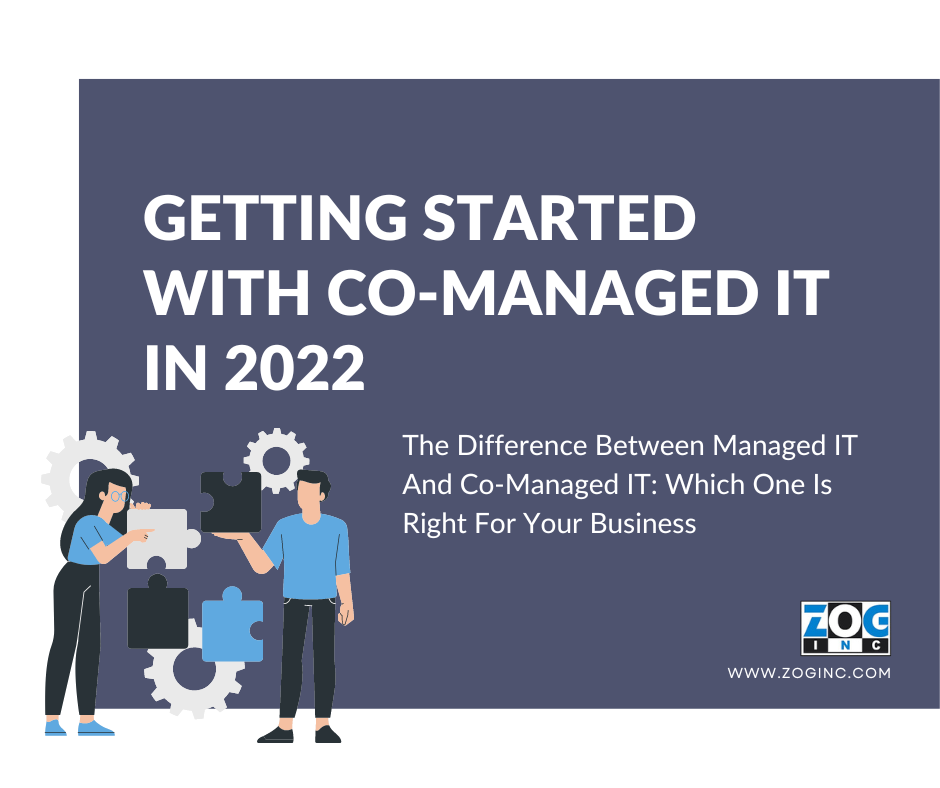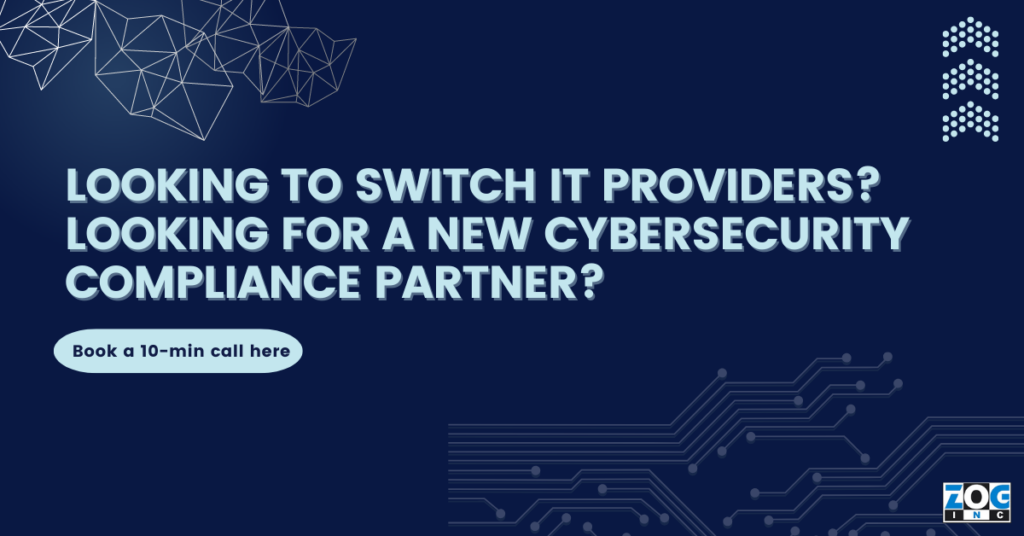Subscribe to the Zog Blog to get news Delivered straight to Your box!
Newsletter Signup
Recent Posts
Archives
Archives
- November 2025 (1)
- September 2025 (1)
- May 2025 (1)
- March 2025 (1)
- November 2024 (1)
- October 2024 (1)
- August 2024 (1)
- July 2024 (1)
- June 2024 (1)
- May 2024 (1)
- December 2023 (2)
- November 2023 (1)
- August 2023 (1)
- June 2023 (1)
- May 2023 (1)
- April 2023 (1)
- December 2022 (4)
- November 2022 (3)
- October 2022 (2)
- September 2022 (2)
- August 2022 (3)
- July 2022 (2)
- May 2022 (3)
- April 2022 (2)
- March 2020 (1)
- November 2019 (1)
- October 2019 (2)
- September 2019 (3)
- August 2019 (2)
- July 2019 (5)
- June 2019 (3)
- May 2019 (2)
- April 2019 (1)
- March 2019 (2)
- August 2018 (2)
- July 2018 (1)
- June 2018 (1)
- May 2018 (4)
- April 2018 (5)
- March 2018 (2)
- February 2018 (3)
- January 2018 (3)
- December 2017 (3)
- November 2017 (2)
- October 2017 (3)
- September 2017 (4)
- August 2017 (2)
- July 2017 (4)
- June 2017 (4)
- May 2017 (5)
- April 2017 (4)
- March 2017 (3)
- February 2017 (4)
- January 2017 (5)
- December 2016 (4)
- November 2016 (5)
- October 2016 (4)
- September 2016 (3)
- August 2016 (4)
- July 2016 (1)

Getting Started with Co-Managed IT in 2022
An estimated $4 trillion was spent worldwide on information technology in 2019. Still, many firms find it challenging to keep up with the latest technology and IT security. Small and medium-sized businesses (SMBs) face a particularly daunting challenge in keeping up with the ever-increasing costs of providing this level of service.
However, they can’t afford to ignore the importance of technology. Businesses cannot function without an internet presence to attract and interact with potential clients. They must be able to reliably and efficiently protect business and user data. It’s no longer an option to ignore cybersecurity when developing quality processes.
Outsourcing IT services is still the best option for many businesses. Maintaining an entire in-house IT staff that controls an organization’s upgrades and planning phase might be financially prohibitive with a restricted budget. Today we have the option of maintaining a co-managed IT team as well.
What Is Co-Managed IT?
With co-managed IT services, companies can easily customize which IT services they maintain in-house and which ones they outsource (to a co-management partner). This technique provides a unique opportunity to enhance efficiency by combining in-house IT expertise with the ease and up-to-date facilities of an external managed services provider.
A co-managed IT solution is built on a more collaborative model. Your MSP should be able to collaborate closely with your own IT department to accomplish shared objectives.
These IT services are provided following a long-term agreement rather than on a project-by-project basis, taking many different forms. As a result, you have complete freedom to mix and match service elements to meet your business’s unique IT requirements.
What Is The Difference Between Managed IT And Co-Managed IT?
Fully outsourced or fully managed service models are your best bet when you don’t have in-house IT resources. A managed service provider (MSP) designs and implements your company’s IT strategy, freeing your organization from the burden of managing IT solutions. It’s for this very reason that a large number of companies seek to outsource their IT management.
Conversely, many small and medium-sized enterprises have some technical help within their company. This is where co-managed IT can have significant scope.
A co-managed IT solution combines the efforts of your in-house IT staff and an IT-managed service provider to achieve your business goals. You may easily upgrade and modernize your system without having to disrupt the current structure.
Co-managed or completely managed service providers have many advantages for your business. You’ll be less likely to run into issues with your IT infrastructure if you have many trained eyes monitoring it around the clock.
Fortunately, organizations can benefit from managed and co-managed IT services, depending on their specific requirements. Reduced costs and downtime are the primary goals of both services, as are essential insights into regulatory compliance, prompt, professional assistance, and software/hardware solutions.
When Are Co-Managed IT Services The Right Fit?
Every industry can benefit from co-managed solutions, regardless of size or scope. Co-managed services can help large corporations as well as small and medium-sized businesses. However, it may be ideal in certain circumstances.
Here is when it’s ideal for your company to adopt the co-managed IT model:
Overworked And Understaffed Internal It Departments
Some firms turn to managed services providers to alleviate their workload and pressure. They can help bridge the technology and skill divide whenever there is an increase in demand.
Businesses Are Unable To Hire More It Staff
MSS can fill the gap, whether it’s because of the massive resignation or the lack of tech talent. Using this IT approach, companies can supplement their current in-house IT departments without incurring the same amount of ongoing obligations, HR issues, or administrative costs as those that do not. The same holds if you’re experiencing a shortage of resources or short-term IT support requirements.
Cuts In Funding And A Lack Of Funds
The cost reduction is the critical advantage of fully managed and co-managed IT services. Help Desk Technicians in San Diego, California, earn an average pay of $59,200 per year. This figure includes expenses associated with attracting and retaining new employees, employee perks, and onboarding. Outsourcing IT tasks like escalations, ticketing, maintenance, and help desk services are much less expensive with co-managed IT services.
Security-Conscious Businesses
Cybersecurity becomes increasingly tricky as hybrid and cloud setups get complicated. Co-management of IT and security procedures reduces complexity while enhancing security simultaneously. For instance, external security teams can monitor network infrastructure and hardware supporting apps like Office 365.
The MSS provider may also help prevent downtime and build a disaster recovery strategy to ensure business continuity.
What Are The Benefits Of Co-Managed IT?
A co-managed IT service comes with a number of benefits that help organizations save money and direct their resources towards organizational growth.
Fill In IT Gaps Within The Company
A co-managed IT service provider can assist organizations in filling in any gaps in their IT staff or infrastructure by outsourcing some or all of their IT needs.
You can get the latest software and technology from managed IT services to cover your network’s security gaps. They can also help maintain your in-house IT team running while you search for a new employee.
Pay No Upfront Fees To Install New Technology
With IT management pros on the job, companies may take advantage of the latest technology while paying less up front. Hardware monitoring and management tools, such as
PCs, laptops, and in-house firewalls, can be expensive. Fixed costs can be reduced by working with an experienced co-managed IT service provider. They should keep your business, organization, or municipality up on current technology.
Boosting Morale Among Workers
A happy and healthy work environment in the IT department and throughout the organization can be made even better using vital real-time information and enhanced security techniques.
Maintain Round-The-Clock It Support
A third-party vendor can provide IT support for extended hours to help keep up productivity. This can significantly help companies with hybrid models.
Instantaneous Implementation
Co-managed IT services can provide outside specialists who offer insight into which software and technology can enable cost-effectively attainment of short and long-term objectives.
Retain Complete Control
With co-management, you retain complete control over administrative access and all of the tools supplied by your Managed Service Provider. IT departments can swiftly determine which portions of the operation should be outsourced to a third-party IT partner and which aspects should be kept in-house.
Strengthen Data Privacy Protections
A third-party provider of information security can give firms access to the most up-to-date and effective methods. Network security breakthroughs and developments can be difficult for small and medium-sized businesses to keep up with without the support of an IT professional.
Conclusion
In today’s business world, technology is critical to the seamless operation of your company. To keep your computer systems safe, you need to work with an IT team you know you can trust.
With a reliable co-management IT partner by your side, you can revolutionize your business, relieve some of the workloads on your IT personnel, and achieve and outperform your business objectives. When the market changes quickly, your organization will be agile and nimble to keep up with the competition.



Leave a Comment
Your email address will not be published. Required fields are marked *